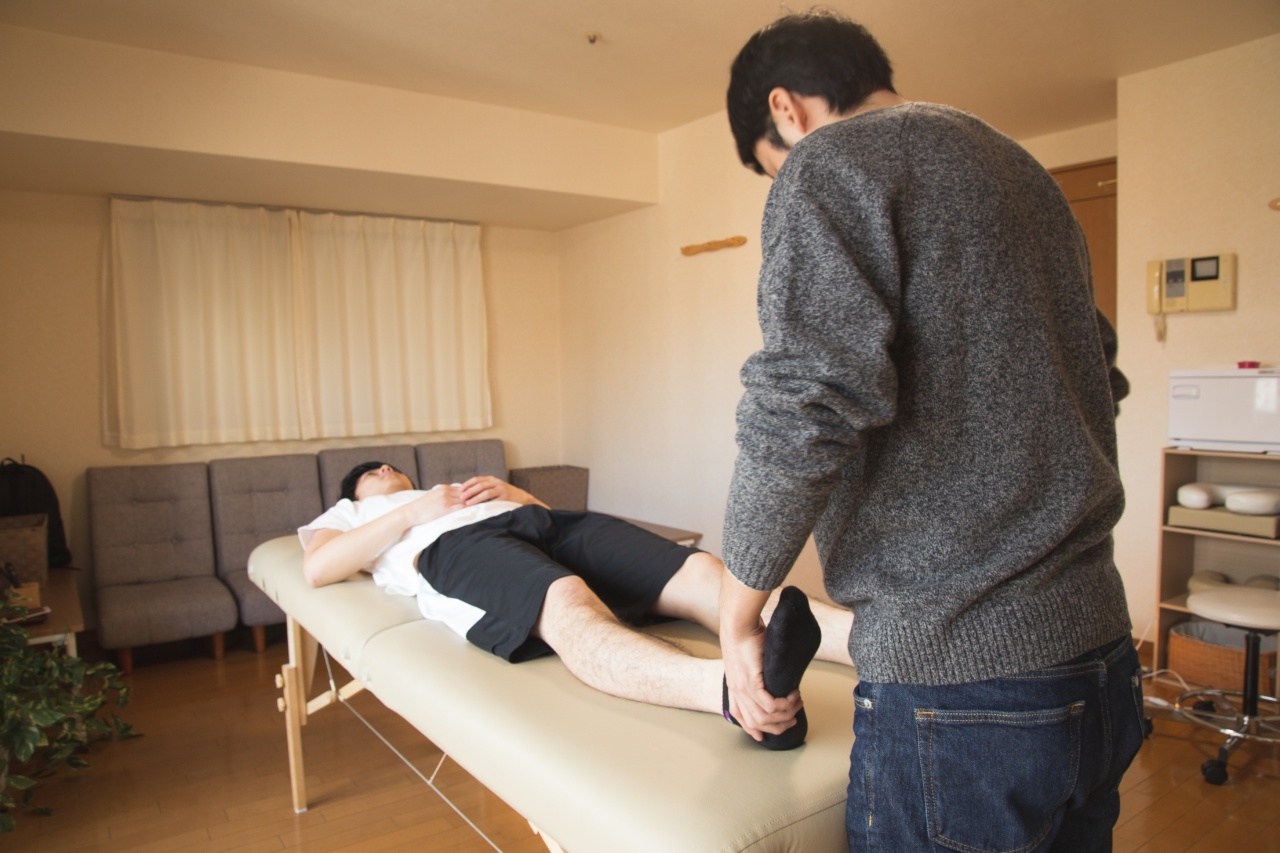Physical therapy is widely recognized as an effective intervention for various medical conditions, including diabetes, hypertension, obesity, and asthma.
Not only does it help in relieving symptoms of these conditions, but it also helps in improving the overall health of individuals. In this article, we will be discussing the effectiveness of physical therapy in managing asthma, obesity, and hypertension.
Asthma
Asthma is a chronic respiratory condition that affects millions of people worldwide. It is characterized by inflammation of the airways, which leads to difficulty in breathing, wheezing, and chest tightness.
Although there is no cure for asthma, physical therapy can help in reducing the severity and frequency of symptoms. Physical therapists work with patients to improve their breathing techniques, strengthen their respiratory muscles, and increase their lung capacity through exercises.
There are several exercises that are recommended for individuals with asthma, including diaphragmatic breathing, pursed-lips breathing, and aerobic exercise.
Diaphragmatic breathing is a technique that focuses on breathing from the diaphragm rather than the chest muscles. This helps in improving the efficiency of breathing and reducing the workload on the respiratory muscles. Pursed-lips breathing, on the other hand, helps in controlling the rate and depth of breathing and reduces the risk of hyperventilation.
Aerobic exercise, such as walking, jogging, or cycling, helps in improving lung function and reducing the severity of symptoms.
In addition to exercises, physical therapists may also use other interventions, such as chest physical therapy, to help in managing asthma.
Chest physical therapy involves various techniques, such as percussion, vibration, and postural drainage, to help in clearing mucus from the lungs and improving breathing.
Obesity
Obesity is a condition characterized by excessive body fat that increases the risk of various medical conditions, such as diabetes, heart disease, hypertension, and stroke.
Physical therapy can help in managing obesity by promoting physical activity and healthy lifestyle changes. Physical therapists work with patients to improve their physical function, flexibility, and cardiovascular endurance through exercises.
There are several exercises that are recommended for individuals with obesity, including aerobic exercise, strength training, and flexibility training.
Aerobic exercise, such as walking, jogging, or cycling, helps in burning calories, reducing body fat, and improving cardiovascular health. Strength training, such as weight lifting or resistance exercise, helps in building muscle mass, increasing metabolism, and improving physical function.
Flexibility training, such as stretching or yoga, helps in improving joint mobility, reducing muscle tension, and improving posture.
In addition to exercises, physical therapists may also use other interventions, such as dietary counseling and behavioral therapy, to help in managing obesity.
Dietary counseling involves educating patients on healthy eating habits, portion control, and calorie restriction. Behavioral therapy involves helping patients to identify and overcome emotional barriers to weight loss and adopt healthy lifestyle habits.
Hypertension
Hypertension, also known as high blood pressure, is a condition characterized by elevated blood pressure that increases the risk of various medical conditions, such as heart disease, stroke, and kidney failure.
Physical therapy can help in managing hypertension by promoting physical activity, reducing stress, and improving cardiovascular health. Physical therapists work with patients to improve their physical function, flexibility, and cardiovascular endurance through exercises.
There are several exercises that are recommended for individuals with hypertension, including aerobic exercise, resistance exercise, and flexibility training.
Aerobic exercise, such as walking, jogging, or cycling, helps in improving cardiovascular health, reducing blood pressure, and managing stress. Resistance exercise, such as weight lifting or resistance band training, helps in improving muscle strength, increasing metabolism, and reducing overall body fat.
Flexibility training, such as stretching or yoga, helps in reducing muscle tension, improving posture, and reducing stress.
In addition to exercises, physical therapists may also use other interventions, such as relaxation techniques and dietary counseling, to help in managing hypertension.
Relaxation techniques involve teaching patients stress management techniques, such as deep breathing, guided imagery, and progressive muscle relaxation. Dietary counseling involves educating patients on healthy eating habits, sodium restriction, and weight management.
Conclusion
Physical therapy is a powerful intervention that can help in managing various medical conditions, such as asthma, obesity, and hypertension.
By promoting physical activity, healthy lifestyle habits, and stress reduction techniques, physical therapists can help individuals improve their overall health and manage their conditions more effectively.




























